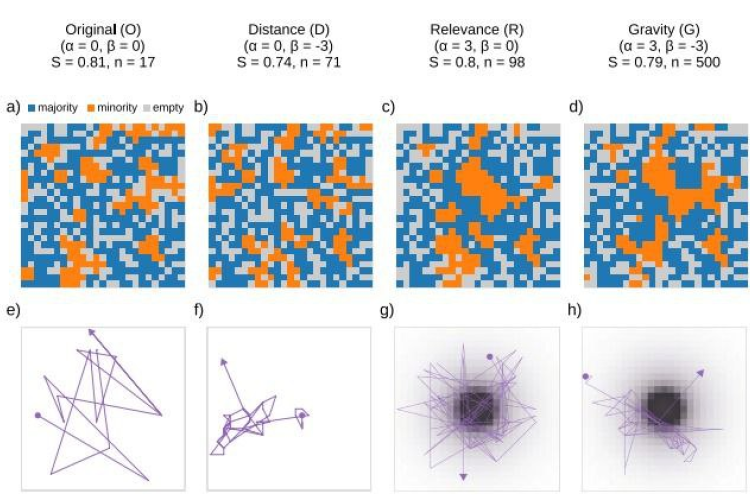Among the plethora of digital technologies emerging within the fourth industrial revolution, Industry 4.0 base Technologies (i.e., IoT, cloud services, big data, and analytics) have profoundly changed how companies produce goods and do business. Since the term Industry 4.0 was introduced in 2011, a massive amount of literature about how these technologies altered the companies’ business models has flourished in the last 12 years.



